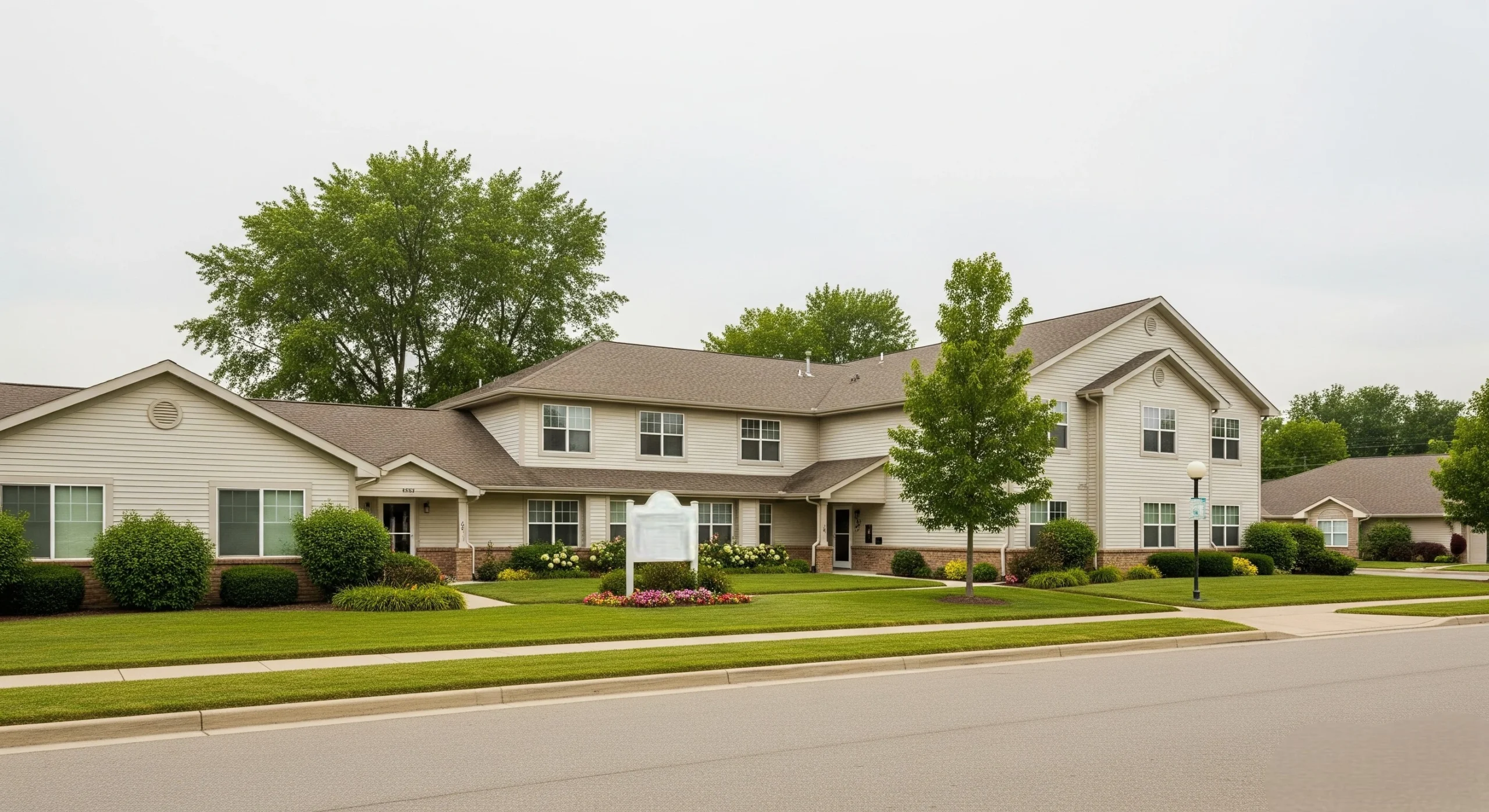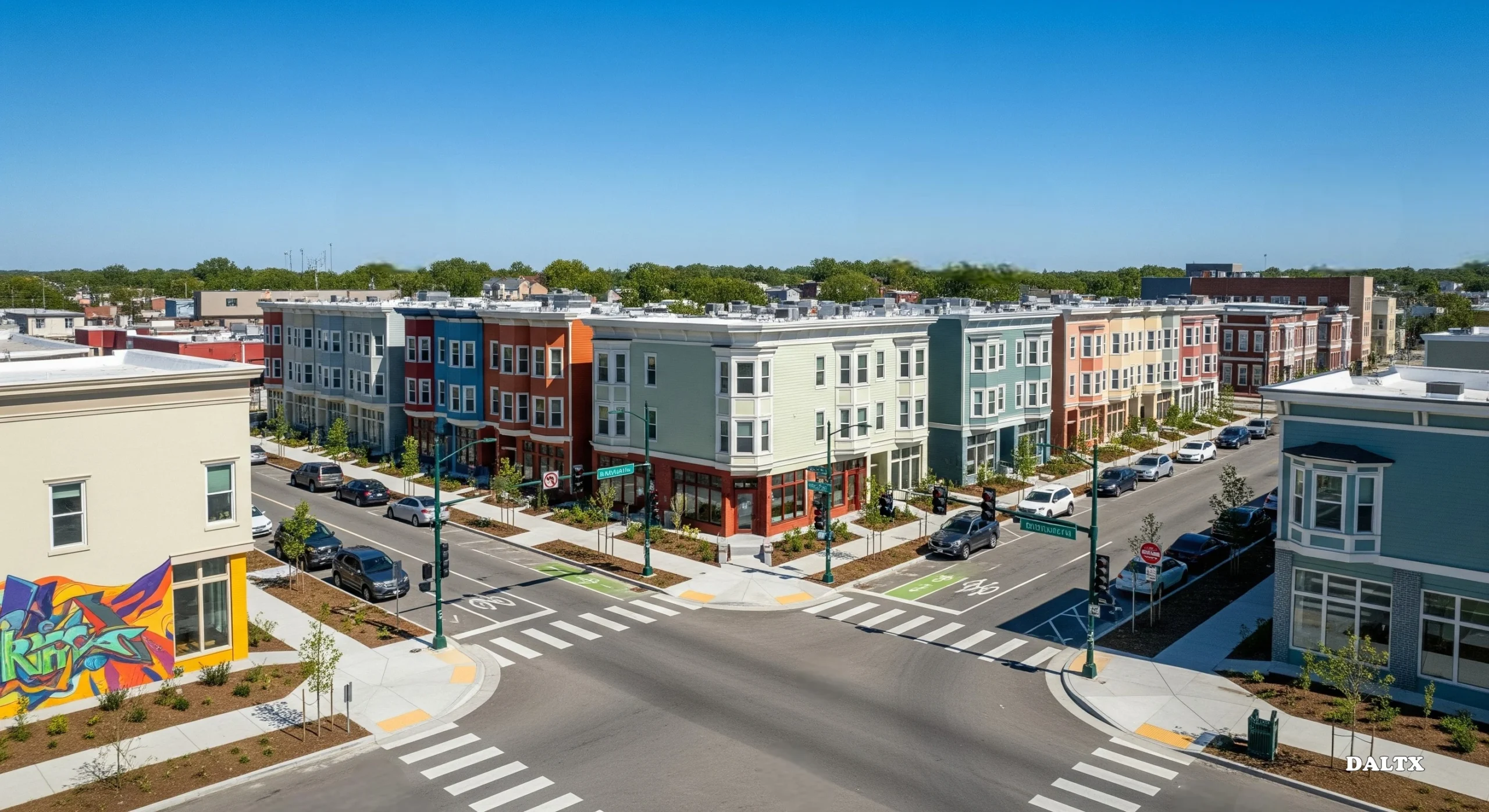Transitional housing is short-term housing combined with support services for individuals moving from homelessness or crisis into permanent, stable living. These programs became more common in the 1980s, evolving from emergency shelters to longer-term housing solutions focused on skill-building, stability, and self-sufficiency. Transitional housing not only helps individuals get back on their feet but can also reduce local homelessness and improve neighborhood stability.

How Transitional Housing Impacts Residents
Transitional housing offers a structured, supportive environment where individuals can focus on rebuilding their lives. Residents typically receive a range of services, including job placement support, life skills training, and mental health counseling, that help them gain independence.
For example, some programs provide access to job readiness workshops and therapy sessions. This model helps residents develop financial stability and confidence while reducing the likelihood of returning to homelessness. Programs like Legacy Healing Center show how having a safe place to live can help people rebuild their confidence and get back on their feet.
Research shows that approximately 70% of individuals in transitional housing move to permanent housing within six months.
Neighborhood Benefits of Transitional Housing

Transitional housing also benefits local communities. By reducing the number of people living unsheltered, these programs ease strain on emergency services and improve public safety. Well-managed housing programs often lead to lower crime rates and reduced loitering or encampments in public areas.
Residents are often encouraged to get involved in the local community, which can improve neighborhood cohesion. Over time, this helps build a more stable, close-knit community. In some areas, transitional housing has even helped raise nearby property values by revitalizing vacant lots and underused buildings.
What Services Do Programs Provide?

Support services are a core part of transitional housing. They’re designed to help individuals achieve long-term self-sufficiency rather than simply providing a place to stay. Common services include:
- Employment training and resume assistance.
- Mental health and addiction counseling.
- Financial literacy and budgeting classes.
- Case management and referral services.
These services aim to prepare residents for independent living while reducing the likelihood of relapse into homelessness or crisis.
Key Challenges Facing Transitional Housing
Despite their success, transitional housing programs face several challenges. One of the biggest issues is funding. Many rely on fluctuating government grants or private donations, making it difficult to maintain staffing and programming consistently.
Community opposition is another obstacle. Neighborhood resistance, often rooted in misconceptions about safety and property values, can delay or derail new housing developments. Programs must invest time in community outreach to address these concerns.
Additionally, transitional housing often serves individuals with complex needs, including mental illness and substance use disorders. Meeting those needs requires trained professionals and sustained support, both of which depend on stable funding.

Examples of Success
Successful transitional housing programs often share a few common traits: stable funding, qualified staff, and tailored services. These programs can lead to:
- Steady employment for residents.
- Completion of vocational or educational training.
- Long-term housing stability.
- Reduced rates of re-hospitalization or incarceration.
When residents succeed, they often become active members of their communities, contributing to local economies and support networks.
The Outlook for Transitional Housing

As housing insecurity continues to rise in many U.S. cities, transitional housing remains a critical tool. Expanding access to these programs, especially with more flexible funding models and community partnerships, could increase their impact.
Technology and data tools are also helping programs better match services to resident needs, improving outcomes. Collaboration between nonprofits, local governments, and healthcare systems will be key to future growth.
The Bottom Line
Transitional housing provides more than temporary shelter, it’s a structured path toward long-term independence and community stability. By addressing both immediate housing needs and underlying challenges, these programs offer real solutions for individuals and neighborhoods alike. As housing pressures grow, transitional housing will continue to play a central role in building stronger, more resilient communities.



